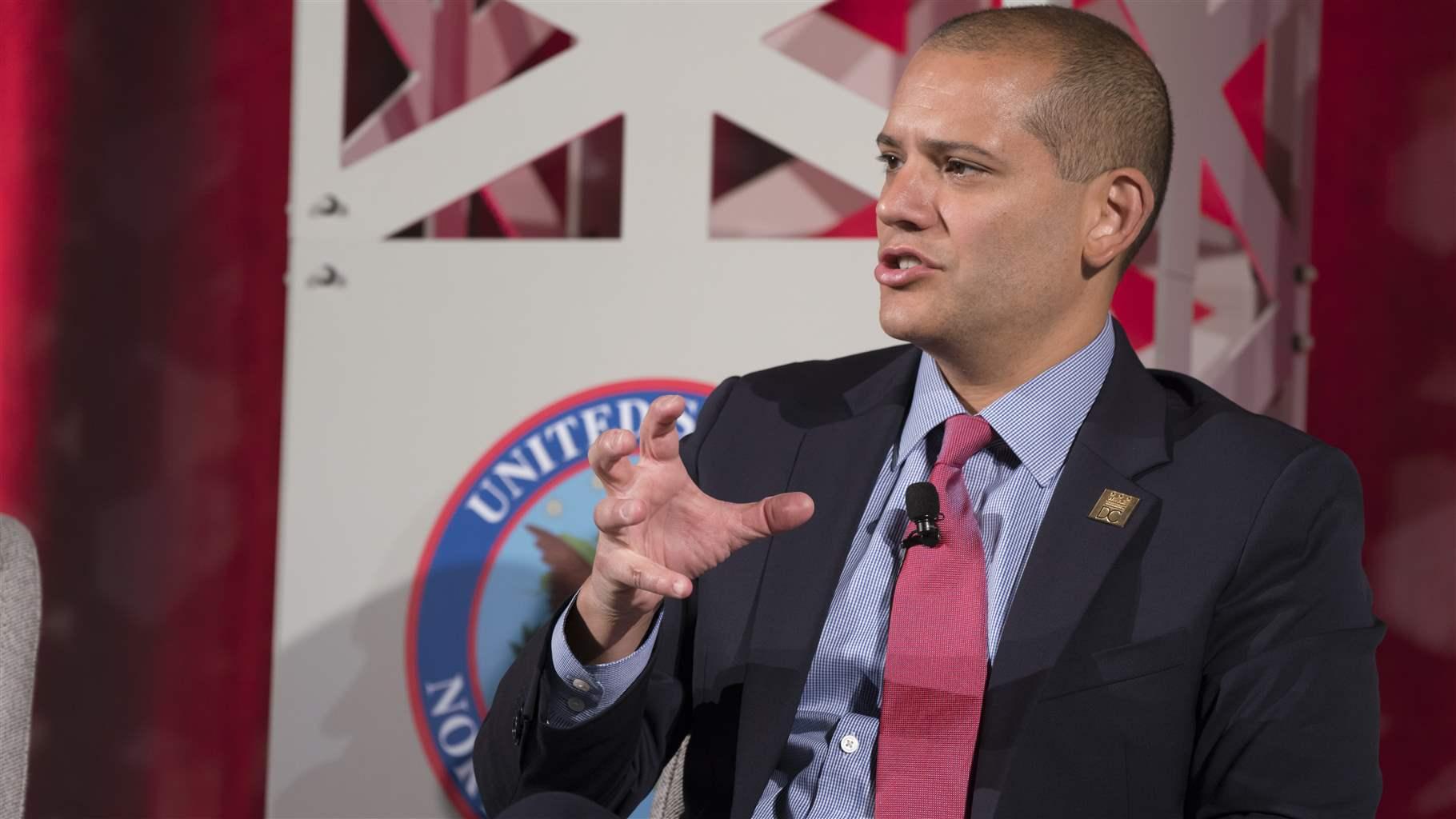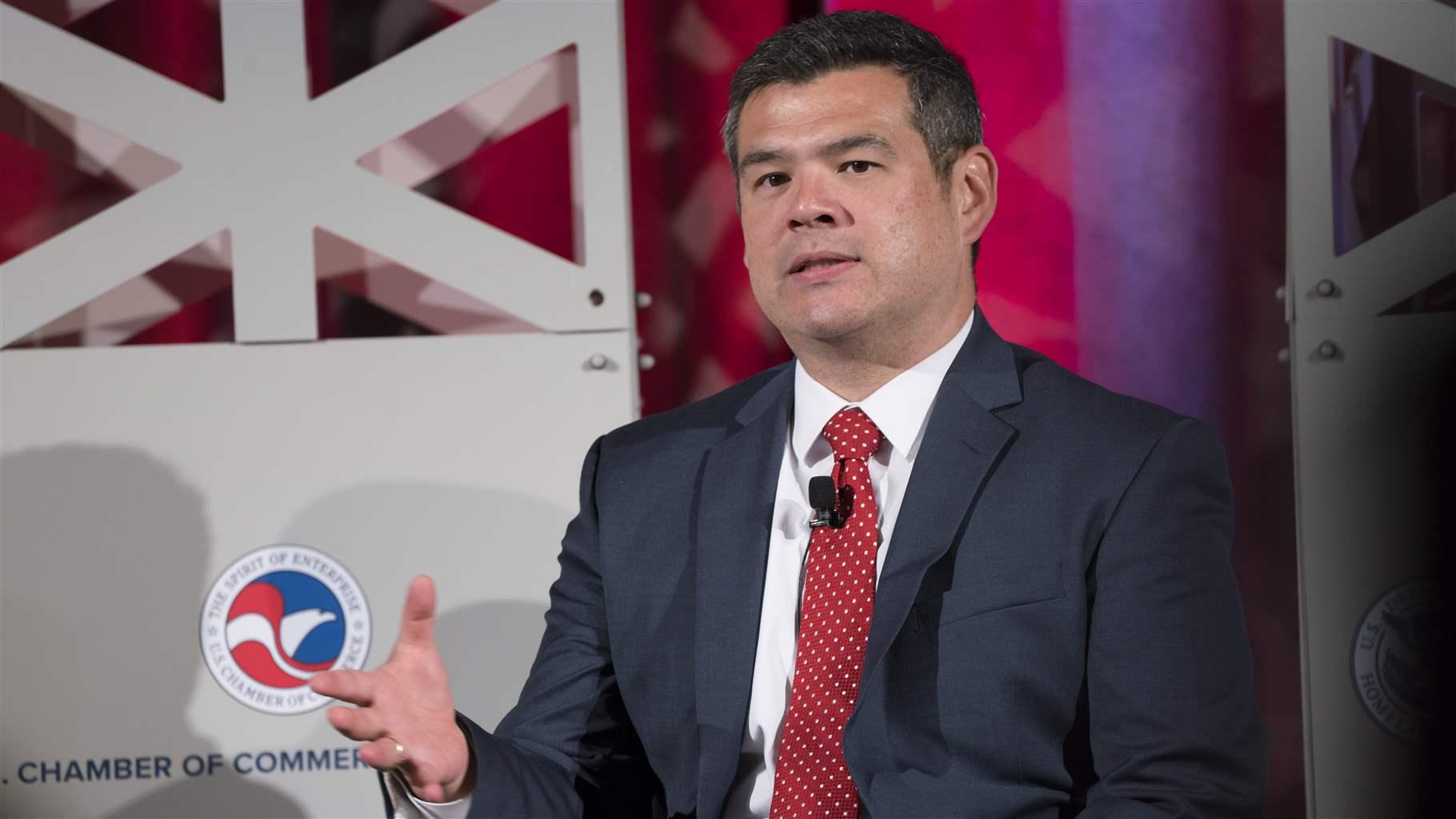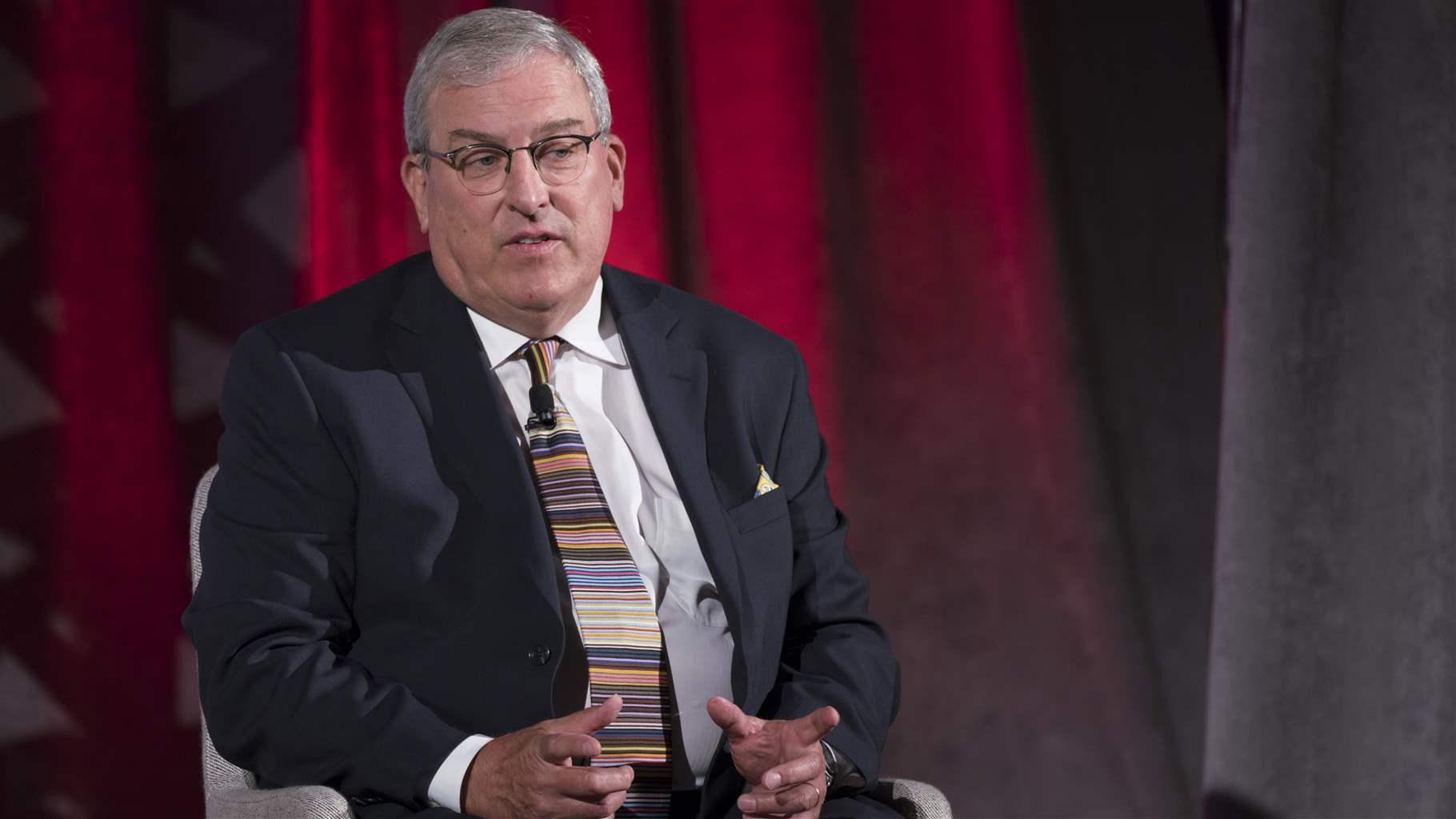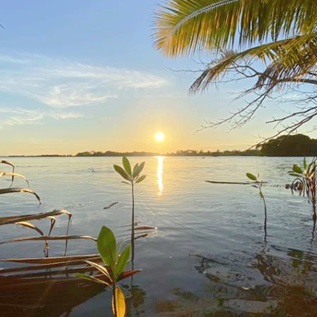Public-Private Partnerships Can Help Reduce Flood Damage and Costs, Officials Say
Collaboration across sectors is producing results around the country
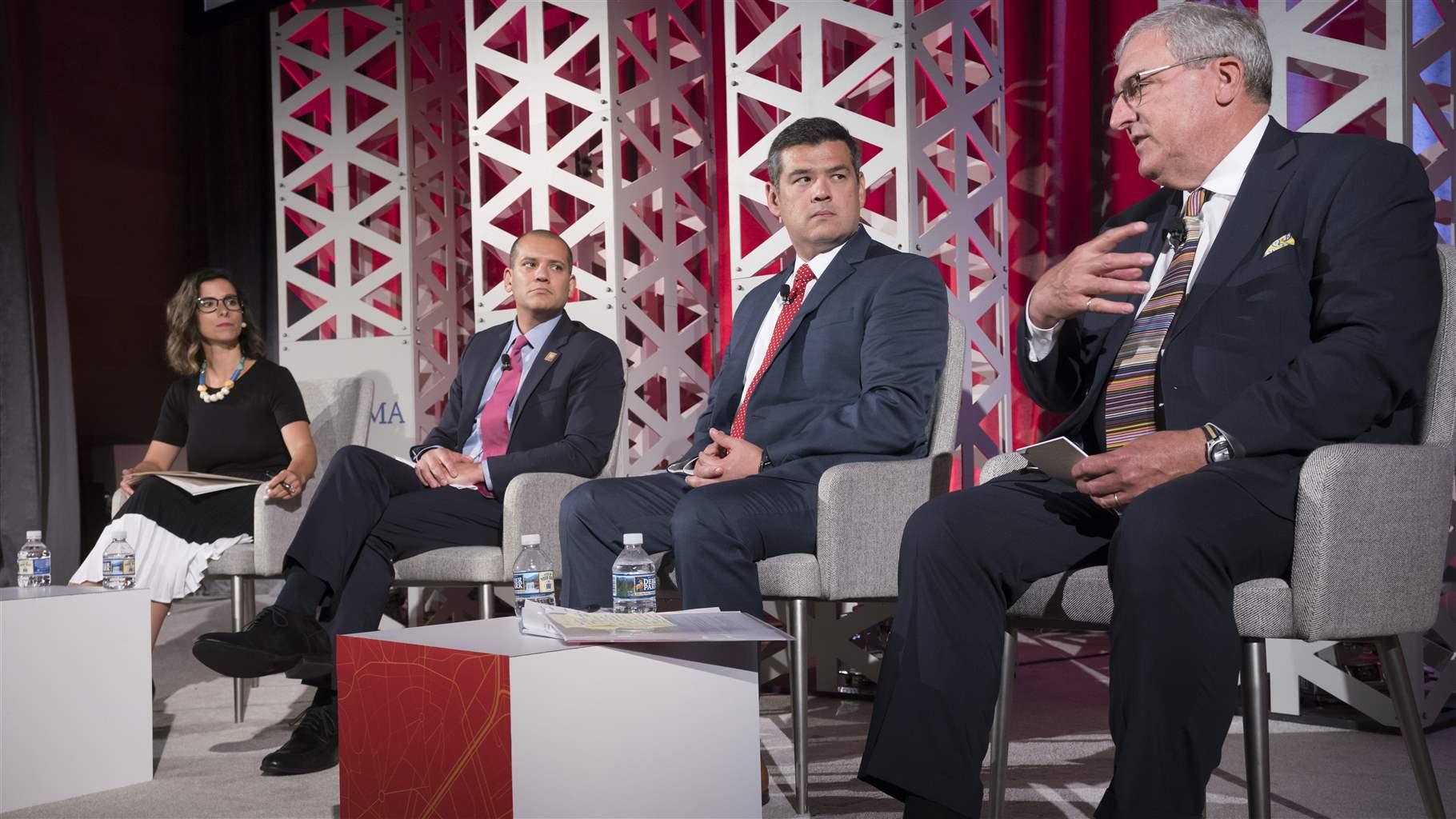
When flooding strikes, it is common for the local, state, and federal governments, along with private partners, to step in and help communities recover. And although this post-disaster support is critical, communities also need strong pre-disaster mitigation and resilience partnerships to help reduce damage and recovery costs.
State and local government representatives spoke in favor of this approach at the U.S. Chamber of Commerce Foundation’s 8th Annual Building Resilience Through Private-Public Partnerships Conference on July 24 in Washington.
“Since 2011, the [U.S.] Government Accountability Office has been calling for more local, federal, and state investments and actions that reduce risk beforehand, and for the federal government to reduce the amount of money it is spending on natural disasters,” said Laura Lightbody, who leads Pew’s work on flood-prepared communities and moderated a session called “Leading From the Front Lines.” She explained that losses associated with flood-related disasters have increased tenfold since the 1980s, racking up more than $450 billion in costs in the past eight years alone.
In the face of an increasingly costly cycle of flood damage and repair, states and localities are taking a harder look at mitigation and resilience measures to decrease losses while improving long-term sustainability. But achieving that can be too expensive for many jurisdictions, even larger ones, Lightbody said. “Localities are strained to meet federal matches and stretched thin on expertise and bandwidth,” she said.
Further complicating the equation is uncertainty about when the return on investment will materialize, said Chris Rodriguez, director of the District of Columbia’s Homeland Security and Emergency Management Agency. He said local and state government leaders “need to make the business case of why pre-disaster mitigation is the most important thing for us to be doing to build resilient communities.”
Partnerships between levels of government and with private organizations can help overcome these issues. For instance, Rodriguez said, a recent agreement between the D.C. government and Pepco, the city’s primary electricity provider, to move power lines and substations underground is expected to decrease severe weather power outages by 94 percent.
Failure to prepare for disasters can also mean less access to recovery assistance, said Patrick Sheehan, director of the Tennessee Emergency Management Agency. He noted that after major flooding in 2010, Tennessee could have received an additional $22 million in post-disaster assistance from the Federal Emergency Management Agency if the state had an enhanced mitigation plan, which could have been used for efforts such as buying out at-risk properties.
In the case of private entities concerned that mitigation programs and projects will have a negative impact on their bottom lines, Sheehan said it’s vital to help them understand that those efforts often aren’t as complex or expensive as many believe.
To engage local residents, including business owners, he advised government representatives: “Meet them in their communities and talk to them about what [disaster mitigation] is and what it means for them. Have conversations about what it means for everyone.”
Wade Troxell, mayor of Fort Collins, Colorado, urged participants to form their partnerships early. “It’s hard to make friends when you need them,” he said. “When you’re talking about disasters and disaster mitigation, it starts with relationships, and it starts way before the event happens.”
Nonconventional partnerships can lead to innovative solutions, Troxell stressed. “By bringing together the public sector … and private companies as well as research institutions, you can get solutions you wouldn’t get to traditionally,” he said.
Such an approach helped Fort Collins develop one of the most resilient electrical power systems in the country, along with a highly effective stormwater system that includes green areas and other nature-based solutions that absorb flood waters.
To combat the increasing trend of costly flooding across much of the country, public-private partnerships can help communities and states better prepare for—and minimize the damage from—rising waters.
Forbes Tompkins is an officer with The Pew Charitable Trusts’ flood-prepared communities initiative.
